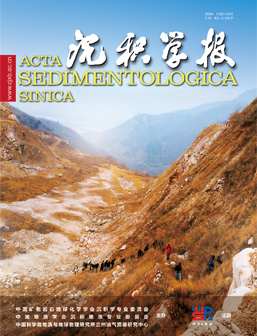Mixed siliciclastic - carbonate: Progress and new idea of classification
doi: 10.14027/j.issn.1000-0550.2024.131
- Received Date: 2024-11-14
- Available Online: 2025-03-04
-
Key words:
- Hybrid sedimentary rock /
- Pseudo-mixed /
- Classification scheme /
- Carbonate rock /
- Clastic rock
Abstract: [Significance] The study of detrital-carbonate mixed components can indicate paleoclimate, paleoenvironment, provenance supply, and sea/lake level change, and is closely related to mineral and oil & gas resources, so it is paid more and more attention. [Progress] Mixed sediments can be mainly divided into compositional mixing (narrow sense) and structural mixing (broad sense), and mixed sediments as mixed sedimentary products, the previous classification mainly includes four, three, and two components. However, it has been controversial whether clay components should participate in the classification of mixed deposits. This paper provides a new idea of classification, which can provide another choice for the study of similar mixed sediments [Conclusions] Based on the division of clastic and carbonate components, the hydrodynamic conditions of the sedimentary period can be judged by quantitative statistics of fine sediment content. Compared with the traditional classification scheme, the four components of carbonate grains, detrital grains, (dolo)micrite, and clay are retained, while the visual presentation effect and convenient operation feasibility are taken into account. In addition, mixed sedimentation was redefined into four types: punctuated mixing, facies mixing, in situ mixing, and precipitation mixing. Four kinds of processes that cannot reflect the original sedimentary environment, such as source mixing, diagenetic mixing, karst mixing, and fracture mixing, are classified as false mixing. [Prospects] As two branches of sedimentology, carbonate rock and clastic rock have been studied as independent subject systems. The study of mixed sediments is also expected to help understand carbonate-clastic components' mineral sources, interaction modes, and deposition processes and improve the discipline system of clastic and carbonate rocks.
| Citation: | Mixed siliciclastic - carbonate: Progress and new idea of classification[J]. Acta Sedimentologica Sinica. doi: 10.14027/j.issn.1000-0550.2024.131 |






 DownLoad:
DownLoad: